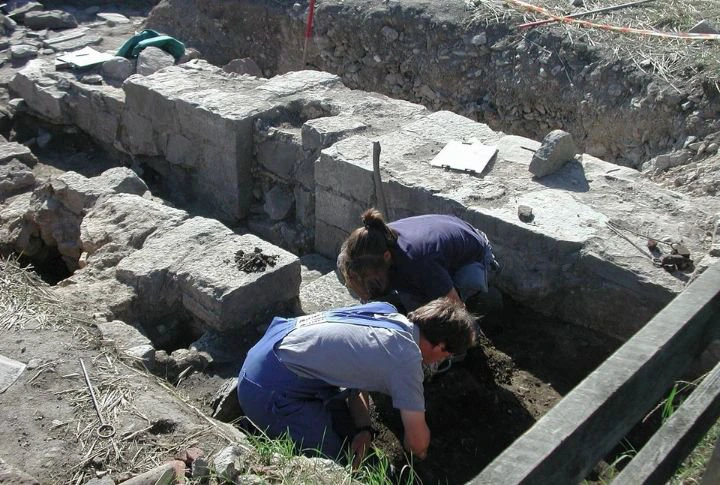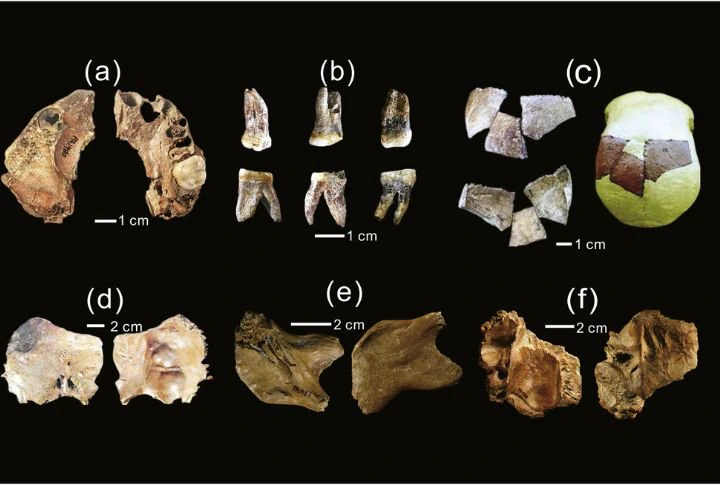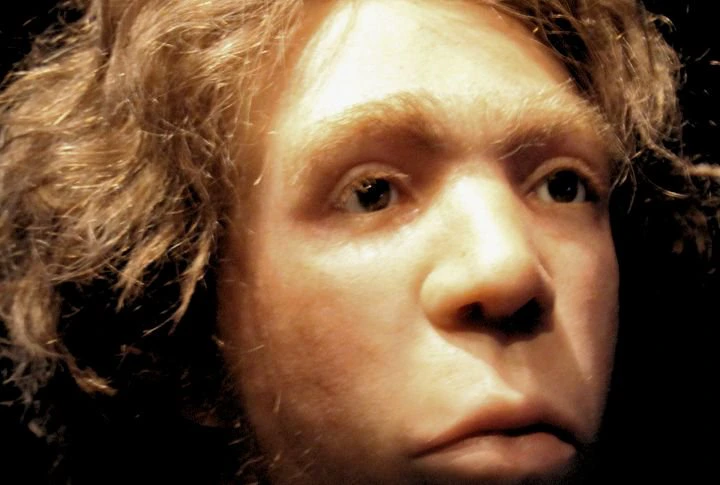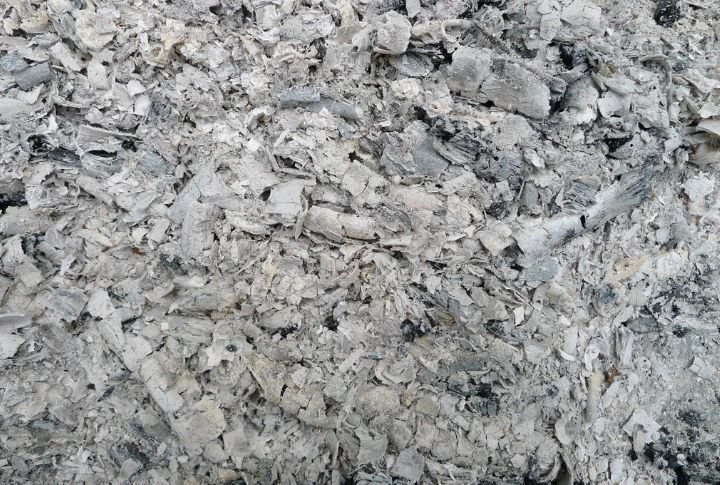10 Key Discoveries About the Ancient Large-Cranial Fossils Found in Northern China

View pictures in App save up to 80% data.
The unearthing of ancient human fossils at the Xujiayao site in northern China stands out as one of the most captivating archaeological discoveries. Scientists have found 21 fossil fragments, and the unique characteristics of their skulls have raised many inquiries regarding the course of human evolution. Below are ten intriguing revelations about these “big-headed” individuals and the information their remains provide.
The Significance of Xujiayao in Prehistoric Times

View pictures in App save up to 80% data.
The Xujiayao archaeological site, located in northern China, is estimated to be around 125,000 to 100,000 years old. It provides valuable insights into an era when archaic humans lived alongside early modern humans. This site is particularly significant due to the finding of hominin fossils that exhibit distinctly large cranial capacities.
What Makes Their Skulls Distinctive?

View pictures in App save up to 80% data.
Cranial remains discovered at the Xujiayao site indicate that brain sizes varied from 1,600 to 1,800 cubic centimeters, surpassing those of contemporary humans and Neanderthals. Scientists are currently exploring whether this brain size correlates with cognitive functions or represents evolutionary responses to particular environmental challenges.
Characteristics That Combine Tradition and Modernity

View pictures in App save up to 80% data.
The fossils exhibit an intriguing combination of ancient and contemporary characteristics. The robust cranial walls and prominent brow ridges are reminiscent of Homo erectus, while the larger braincases and rounded skulls are more akin to those of early Homo sapiens. This blend of features suggests a complicated evolutionary history.
Connections to Denisovans

View pictures in App save up to 80% data.
Certain researchers propose a link between the Xujiayao individuals and Denisovans, a hominin group that is not well understood but has been identified through genetic evidence. The hypothesis gains support from observed similarities in skull structure and their close geographical location, although definitive DNA evidence to confirm this connection is still lacking.
Insights From Burnt Remains

View pictures in App save up to 80% data.
The presence of ash deposits and charred animal bones at the site indicates the deliberate use of fire, a key characteristic of sophisticated hominin activity. Fire offered not only warmth and safety from predators but also significantly contributed to cooking, enhancing food digestibility and increasing energy consumption.